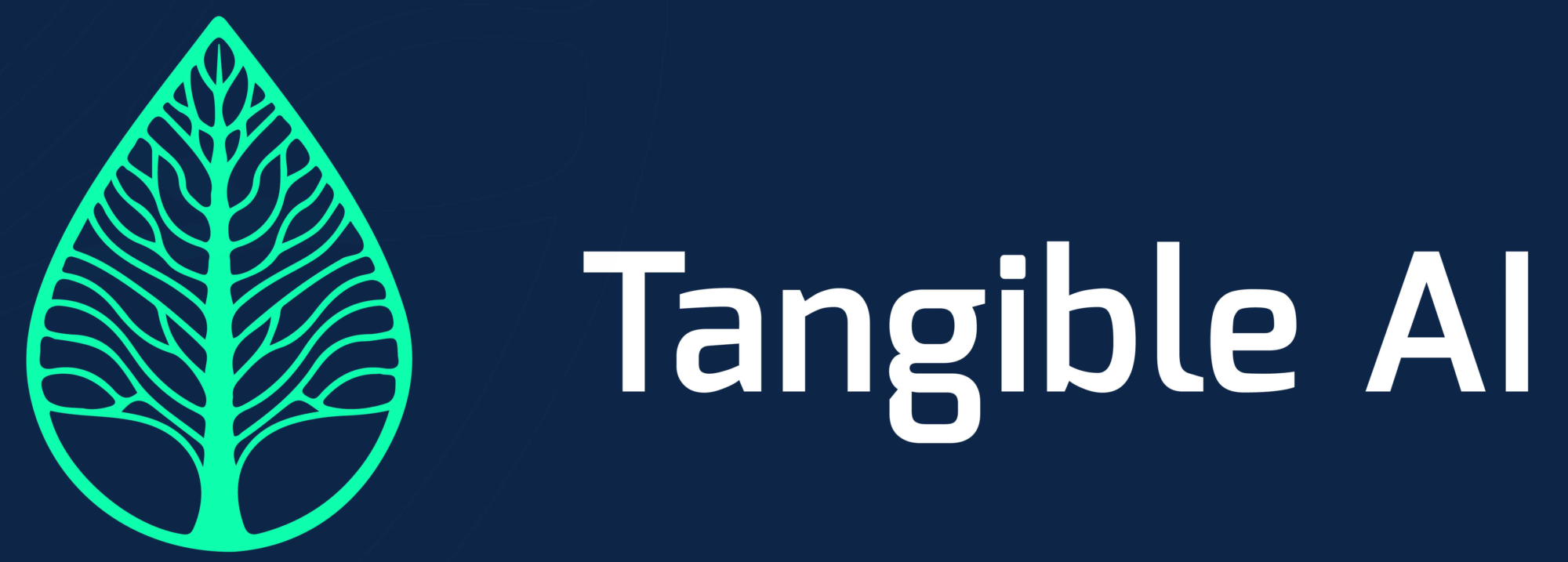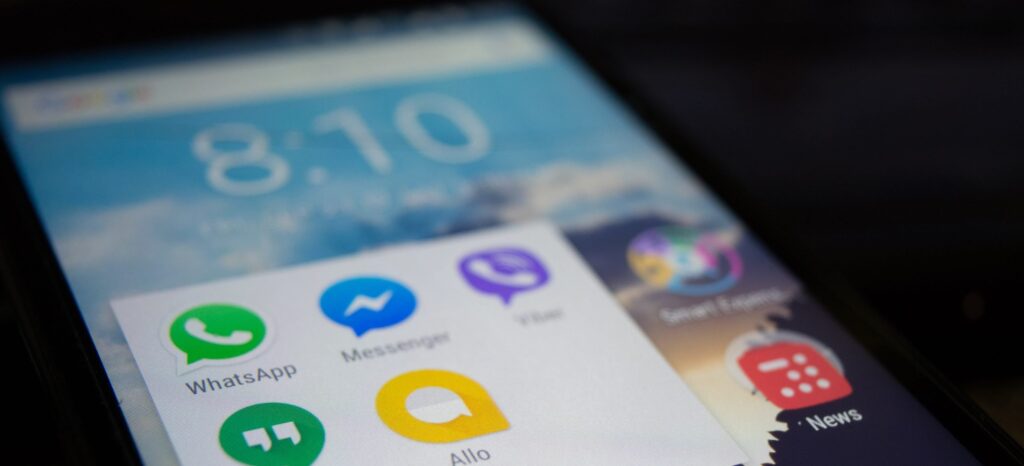Nonprofit chatbots are moving into the mainstream as organizations are looking for ways to stay connected to constituents and donors, recruiting more people for the cause, and looking for better ways to live out their unique missions in the world. As your nonprofit considers launching your own chatbot, one of the first decisions is what channel you should use. After being asked this question several times by our clients, we decided to share what we have learned in this post.
Key Questions When Decided on a Channel for Your Nonprofit Chatbot
Finding the right channel can mean the difference before the success or failure of your chatbot. As a first step,ourclient find that it is helpful to answer the following questions. The answers to these questions can help guide to an optimal choice of your channel.
What are the most popular platforms in the countries where your target audience resides?
Fortunately, a quick web search will show you lists and maps of popular messaging apps listed by country. For example, Whatsapp is prevalend in most African and East Asian countries, while being much less popular in the US. You are likely to find a higher rate of adoption using a platform that already has a high use rate in the countries you are targeting.
Do you plan on engaging in repeated interactions with the chatbot?
As you look at features, it will be essential to consider whether you are expecting onetime communications via the nonprofit chatbot or whether it will be more for ongoing relationships.
Will your users be comfortable with the chatbot knowing personal details like name or email?
This is a critical question for some nonprofits. Consider an example: an international nonprofit launched a Facebook hatbot in an Asian country with semi-authoritarian regime to give people an opportunity to report corruption. However, they were not able to attract many users, as people weren't eager to share report corruption from their Facebook accounts, for fear of being identified.
Do you plan to engage users proactively?
Once people are on board with your nonprofit chatbot, will you want the ability to send updates or reminders over the same platform? As you’ll see, many messaging platforms put limits on proactive outreach to prevent spam.
How will users find the bot?
As you look at some of the channel options, you will see that for many of them, you will need a plan to grow your chatbot’s audience. This will either happen organically, because your users are accustomed on interact with you on that channel;or you’ll need to create a campaign to attract your users.
5 Channel Options – Pros and Cons
Let’s examine 5 different channels you can use for your chatbot. If you are looking for examples of chatbots for each channel – feel free to head to our social impact chatbot database and look for chatbots in your area of interest!
Chatbot on Your Website / Landing Page
The most obvious place for your nonprofit chatbot might be right on your organization's web page or landing page. In many cases, this will offer the most significant amount of exposure and more options.
Benefits:
- Accessibility – The chatbot is accessible to everyone with web access and doesn't require a login or personal information to use.
- Exposure – The feature can benefit from your existing website traffic. If you already have an established website audience, you can leverage is as a source of users for your chatbot.
- Interaction with Existing Content – On your website, your nonprofit chatbot can pull information and content that already exists on your site. It can be served up to users in answer to their inquiries.
- Interface Flexibility – Web-based chatbots often offer more features in the user interface, enabling functionality like polls, checkboxes, and other elements.
Drawbacks:
- Computer or Smartphone Required – Users with older "feature phones" will not be able to access the chatbot.
- No Re-Engagement – If users don't need to log in or share personal information, there is no way to contact them again once they have clicked away.
Bottom Line: An existing (and popular) website or landing page can be a good placement for a nonprofit chatbot when the priority is one-time interactions with wide accessibility and/or the ability to remain anonymous. However, limitations around re-engagement may make this less effective for some use cases.
SMS – Text Messaging Chatbots
SMS may currently be the most available communications platform in the world. This
will undoubtedly help with accessibility, but it comes with some drawbacks.
Benefits:
- Accessibility – Perhaps the most accessible platform available even to feature phone users!
- No Internet Connectivity Needed – Since internet access is unnecessary, even phone users without data plans can access the nonprofit chatbot.
- Repeated Engagement – It is easy to stay and contact with users, and it is not limited by the platform.
- Proactive – You can initiate conversations with any user if you have their phone numbers.
Drawbacks:
- Costs Increasing with Scale – when using a programmable SMS provider, such as Twilio, you’re more likely to pay per message. For large audiences, this can quickly get expensive.
- Lack of International Flexibility – International organizations may face the requirement of maintaining several numbers and accounts for the same bot.
- SMS Apathy – In some countries, the abundant SMS spam made people suspicious of and even annoyed by more text messages. Turn.io has showed that switching from SMS to Whatsapp can increase the engagement by as much as 16x.
Bottom Line: SMS can be a good choice for a nonprofit chatbot in underdeveloped regions with limited internet connectivity, or targeting an audience with limited smartphone adoption. It can also be a good solution for US-based projects where the audience has direct connection to your organization, like college students.
WhatsApp for Nonprofit Chatbots
This cross-platform messaging app is hugely popular around the world and offers some unique features. However, it does have some drawbacks that make it less than perfect for some applications.
Benefits:
- Largest User Base – WhatsApp was the second-most downloaded app in 2020.mFor nonprofits doing work in Africa, it is important to note that it is particularly popular there. There are also a variety of knock-off versions popular on the continent.
- End-To-End Encryption – For situations where privacy is essential, like when dealing with and health-related communication, this type of security is critical.
- Universal Acceptance – More users are already familiar with WhatsApp and may already have an account.
Drawbacks:
- Severely Limited Follow-up Outreach – Follow-up messages are allowed but need to follow a template that is pre-approved by WhatsApp.
- Lack of Interactive Capabilities – Even after all the time and effort for setup, the feature set is limited. Buttons were introduced into Whatsapp only recently and quick replies, galleries, and other options are still missing.
- Higher Pricetag – whether you’re accessing Whatsapp through services like Twilio that charges per message, or through a platform like Turn.io whose price tiers depend on monthly users, it’s generally a bit more expensive than other
channels. - More regulation – Whatsapp is more rigorous in supervising chatbot operators on the network. For example, it’s enforcing the policy that requires the chatbot to have clear escalation path.
Bottom Line: Due to its popularity and security, WhatsApp can be an excellent option for engaging large audiences but only for nonprofits with the time and resources to invest in their chatbot project.
Facebook Messenger Chatbots
Might the most popular social network in the world be the right home for your nonprofit chatbot? Facebook provides options loaded with features, but changing rules can complicate things.
Benefits:
- Popularity – Facebook is the most popular social network in the world. Facebook's Messenger app, with more than 2 billion users, is currently the top downloaded app. In south-east Asia, Facebook is synonymous with the internet.
- Interactivity – being the first platform to add chatbot capability, Facebook has continued to develop new features to make the service more interactive. Featuring the most advanced API, Messenger offers the ability to interact with users using quick replies, galleries, and other valuable features.
- Connection to the Facebook Advertising mechanisms – When using Facebook Messenger for your nonprofit chatbot, you can take advantage of the integration with ads and comments. That means your bot can automatically reach out to a new user after clicking on an ad or commenting on a post.
- Specialists and tools ecosystem – Since Facebook was the first to offer chatbot capability, it has developed an extensive network of specialists and tools to help launch and grow your nonprofit chatbot.
Drawbacks:
- Changing Rules – Facebook's policies can change with little to no notice. In the past two years, Facebook has rolled out two significant policy changes, both of which had a drastic impact on chatbot capabilities. Those who depend on the service must stay up to date on the latest policy changes.
- Ethical Considerations – following recent investigations by WSJ, users are abandoning the platform for ethical considerations, especially in developed countries.
Bottom Line: For nonprofits with an existing Facebook page and strategies, Facebook chatbots can be a great way to connect to existing content and take advantage of Facebook's welldeveloped social sharing infrastructure.
Telegram for Nonprofit Chatbots
Well known as a secure platform for communication, Telegram shows promise as a platform for a nonprofit chatbot. However, its lack of popularity in most countries may make adoption more difficult.
Benefits:
- Interactivity – Like Facebook, Telegram offers some excellent interactive features like quick replies, buttons, and galleries. It also provides some more advanced features not found anywhere else.
- Re-Engagement –Telegram has no limitations on pro-active re-engagement.
- Available in Groups – With Telegram, your chatbot can be a part of groups and work as a community helper
Drawbacks:
- Lack of Popularity – Since Telegram doesn't enjoy the same level of adoption as other options, there may be friction in getting users to install and register for an additional app.
- Security – Although known for security, with Telegram, the chatbot conversation with the user is actually not end-to-end encrypted. This may make it less than optimal for healthcare or other uses where privacy is critical.
Bottom Line: This can be a great option as a nonprofit chatbot for organizations that already have users on the Telegram app, or organizations that are ready to invest in Telegram adoption for the sake of the project. Its lack of limitations on re-engagement can make it an excellent choice when that is a priority.
Other Channels
This is, of course, not a complete list. Depending on the country or countries where you may be launching your nonprofit chatbot, there may be other effective options. Forexample, Viber is quite popular in many countries, and some countries like Japan and Vietnam have apps that are exclusively dominant in the country. So, in addition to spending time answering your own key questions, it is worth listening to your potential users to ensure that your platform of choice is a good fit.
Can I Have a Nonprofit Chatbot on More than One Channel?
Yes! Nothing is limiting your nonprofit to one chatbot on one channel. You can have multiple bots on multiple channels and even allow users to switch from one to another. Since the rules Facebook issued limit proactive re-engagement, some nonprofits have been combining Facebook Messenger with SMS. This way, they can re-engage users and, if helpful, send them back to the Facebook Messenger bot.
Liked this blog post? Want to know more about our chatbot services? Talk to us about your use case!


